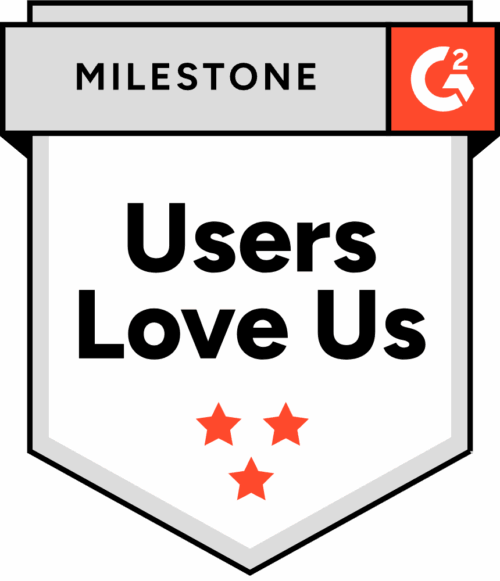 Read more
Read more

Streamline your paperless employment experience from start to finish while improving record access and tightening data security.
APS paperless payroll transforms your payroll delivery from a manual, paper-heavy process to a streamlined digital experience.
Employees are paid through direct deposit, paycards, or the self-service portal.
Employees view paperless employee pay stubs, tax documents, and pay history anytime online.
Digital records are securely stored for easy audits and regulatory compliance.
Managers and administrators track payroll status and approvals in real time.


Thousands of businesses have saved millions of hours with APS.



Yes, and APS makes it easy to stay compliant. Our paperless payroll system supports direct deposits, electronic pay stubs, and secure digital payroll records, all while ensuring you meet state requirements for paperless employee pay. With APS, you get a solution that is flexible enough to handle different state regulations, so you can confidently offer a paperless employee payroll without worrying about compliance issues.
Security is a top priority for APS. Our paperless payroll platform uses secure data storage and multi-factor authentication to protect your paperless employee payroll data. A paperless payroll process protects sensitive data and minimizes the chance of lost or stolen information. With APS, you can trust that your employees’ digital pay stubs and payroll details are well-protected.
Going paperless with your payroll process has several benefits. You can lower operational costs associated with printing mailing, and processing paper checks. Employees can access their pay stubs and history through a self-service portal like APS. You can also reduce manual processes and achieve a greener footprint.
Get started with pricing as low as $50 base fee/month + $5/employee per month. View Pricing
By clicking Get Started, you confirm your agreement with our Terms and Conditions.